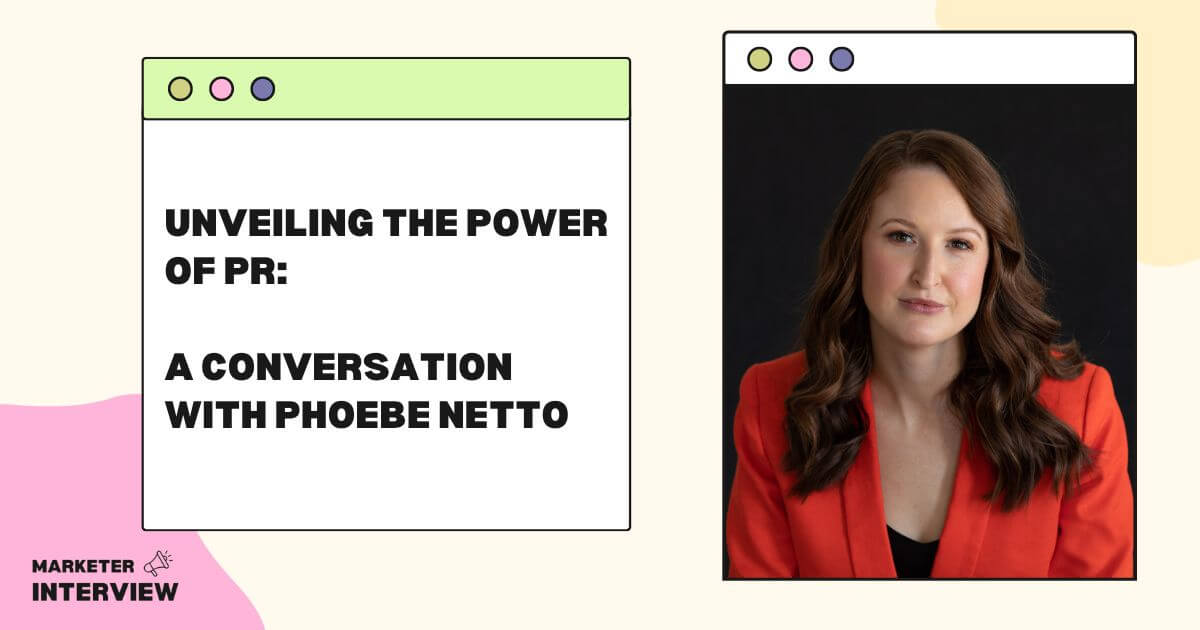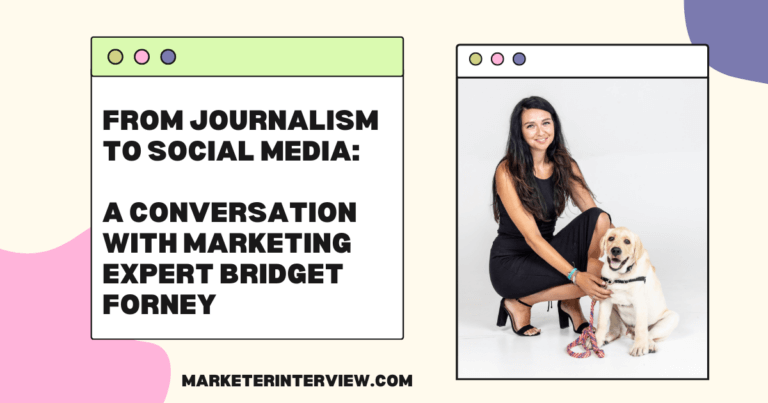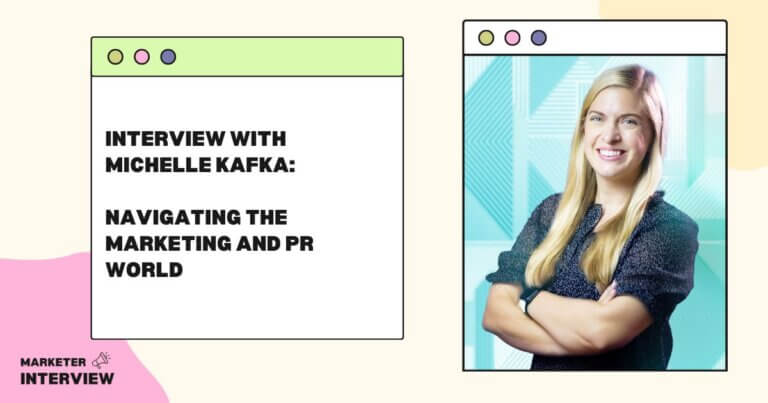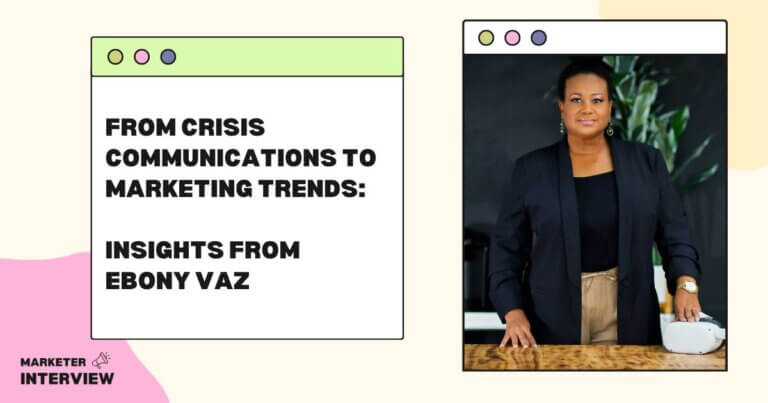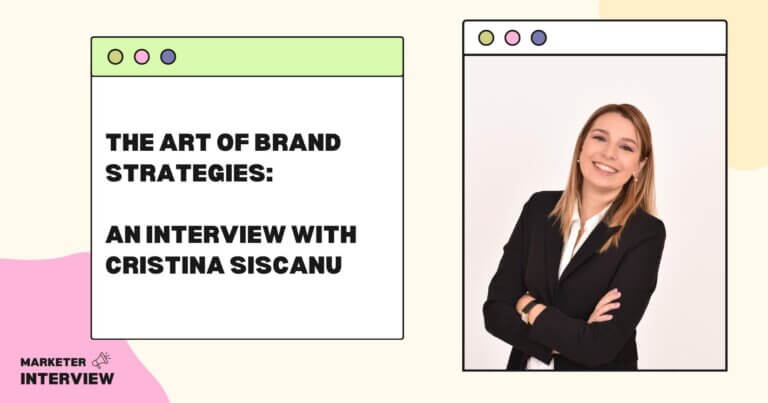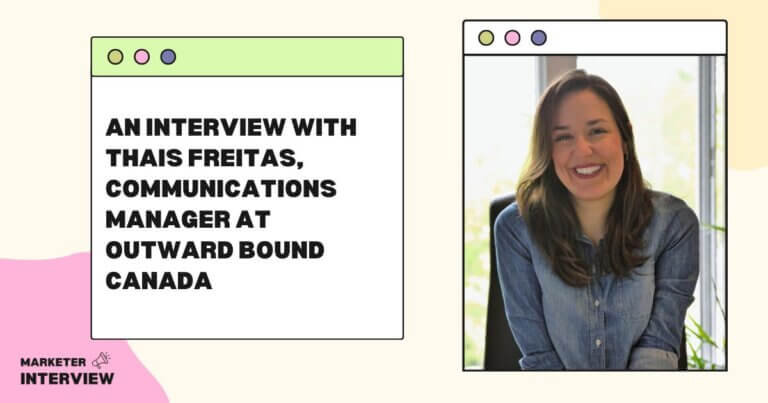Unveiling the Power of PR: A Conversation with Phoebe Netto
Welcome to Marketer Interview, where we delve into the minds of fascinating marketers who have made significant contributions to their fields.
In this edition, we have the privilege of speaking with Phoebe Netto, the founder and managing director of Pure Public Relations.
With an impressive background in the industry, Phoebe has become one of Australia’s foremost PR and communications professionals, helping businesses of all sizes achieve their goals through strategic public relations.
Join us as we explore her career trajectory, insights into PR and media, and the tools she uses to excel in her role.
Contents
- 1 Can you share the story of how you entered the world of marketing and PR? What drew you to this field?
- 2 Having worked in leading PR agencies, how did those experiences shape your expertise in the field?
- 3 What motivated you to establish a boutique PR firm focused on small and medium-sized businesses, charities, and not-for-profits?
- 4 Could you elaborate on these organizations’ unique challenges and how your custom approach addresses their needs?
- 5 What differentiates effective PR strategies for small and medium-sized businesses from those tailored for larger corporations?
- 6 You have been featured in various media outlets, offering expert opinions on communications issues. Could you share a particularly memorable experience or topic that you’ve tackled?
- 7 As an advocate for remote working and flexibility within your agency, how has this approach contributed to the success of Pure Public Relations?
- 8 In terms of tools and software, which ones are essential for your PR work?
- 9 With the ever-evolving media landscape, how do you stay ahead of the curve and ensure your strategies remain effective?
- 10 Can you share an example of a particularly challenging PR campaign or crisis management situation and how you navigated it successfully?
I always talked too much in class, with the constant urge to share my ideas and communicate with the people around me.
Little did I know that this habit, which once landed me in trouble, would eventually lead me toward public relations, at the suggestion of a teacher. Now I can use my love of communication in the most positive and impactful way possible.
It’s a reminder that sometimes, our perceived flaws can be the very thing that leads us to our strengths and even help inform our career path.
Having worked in leading PR agencies, how did those experiences shape your expertise in the field?
I loved the satisfaction of working with many worthy businesses and charities and helping them achieve the recognition they deserved. Seeing the meaningful impact of strategic results-driven PR on a cause or organization is still immensely compelling and motivates me today.
On the other hand, working in PR agencies helped me see how many unworthy businesses were getting PR and how many businesses didn’t deserve the positive and often hypocritical media coverage they would be getting.
I also learned a lot about the importance of correctly building your relationship with the media. I saw a lot of pitches for ideas that weren’t newsworthy being sent to the media and quickly learned how easy it can be to damage your reputation with journalists.
These lessons I brought into my agency continue to shape how we work with clients today.
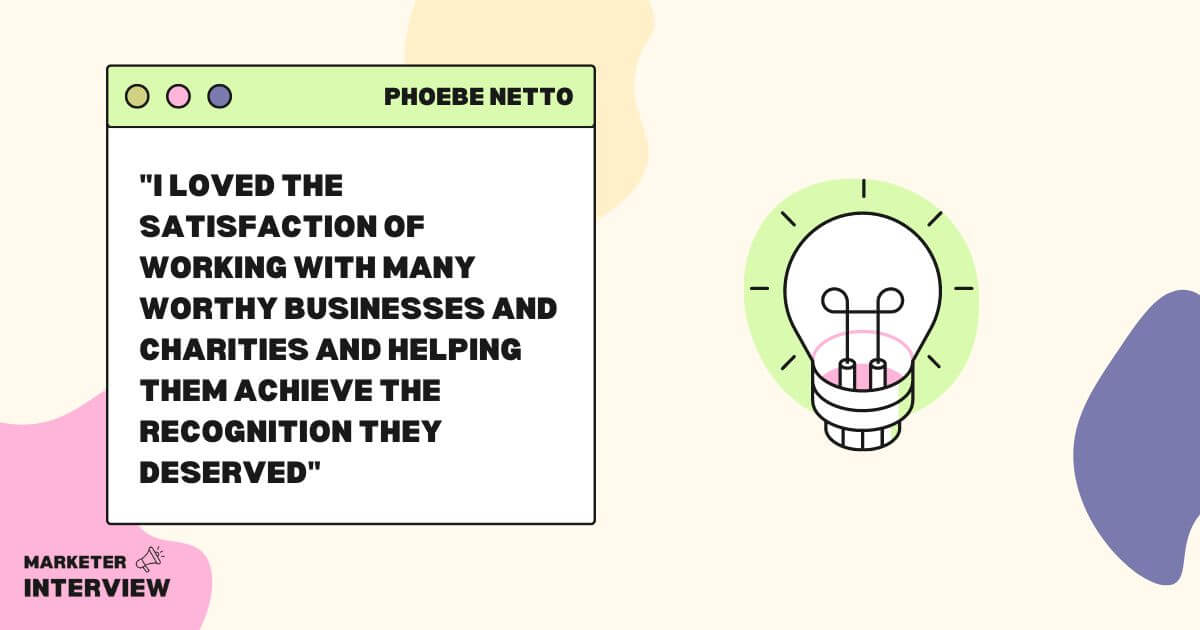
What motivated you to establish a boutique PR firm focused on small and medium-sized businesses, charities, and not-for-profits?
I honed my PR skills working with agencies large and small but felt frustrated that small and medium-sized businesses and not-for-profits couldn’t access the expertise that big budgets could.
Founding my PR agency was the natural next step in 2010 to share my ‘big business’ experience with small and medium-sized businesses and not-for-profit organizations.
I wanted to provide SMEs and NFPs with the tools and strategies necessary to amplify their voices, connect with their target audience, and achieve their goals meaningfully.
We recognize the importance of maximizing limited resources, finding creative solutions, and leveraging every opportunity to create impactful and meaningful results.
Could you elaborate on these organizations’ unique challenges and how your custom approach addresses their needs?
Every day, I meet small and medium-sized business owners who hate talking about new clients, award wins, or how well their business is doing.
They downplay the news and figure that adding a line at the bottom of their monthly newsletter has done enough promotion. But just because you know how great your work is, it doesn’t mean anyone else will go out of their way to find it out too. Instead, you need to make it as easy for a potential customer to determine why you’re the best in the business.
Often we are working with a founder, senior leader, or a sole marketing manager, and we know that they are time-poor and can be lonely at the top.
As a business owner, I have a lot of empathy for that.
And so they need us to not only get results and be as self-sufficient as possible, but they value us being an extension of their team and a trusted advisor. Many of our clients have been with us for almost a decade because of our role in being that supportive sounding board, troubleshooter, and sometimes a confidante and reputation manager.
What differentiates effective PR strategies for small and medium-sized businesses from those tailored for larger corporations?
I’ve learned that personal mindset plays a crucial role in the success of small and medium-sized businesses.
Fear, lack of confidence, and imposter syndrome can often discourage entrepreneurs from achieving their full potential. Overcoming these mental barriers is essential for growth.
In my small business, I discovered that more than half of our clients came from our PR efforts. However, I had to overcome the fear of judgment and start putting myself out there, sharing my expertise and insights, to gain media exposure and build a profile. This shift in mindset and willingness to step outside my comfort zone was instrumental in attracting new clients and generating growth.
There have been marketing choices, hard work, and key hires that have been catalysts for growth in my business. But if you look deeper, it was a change in my thinking that led to those points.
These strategies that have worked for my business are the ones we advocate for our SME clients. They have seen incredible results by encouraging them to adopt a mindset of confidence, authenticity, and proactive engagement with the media.
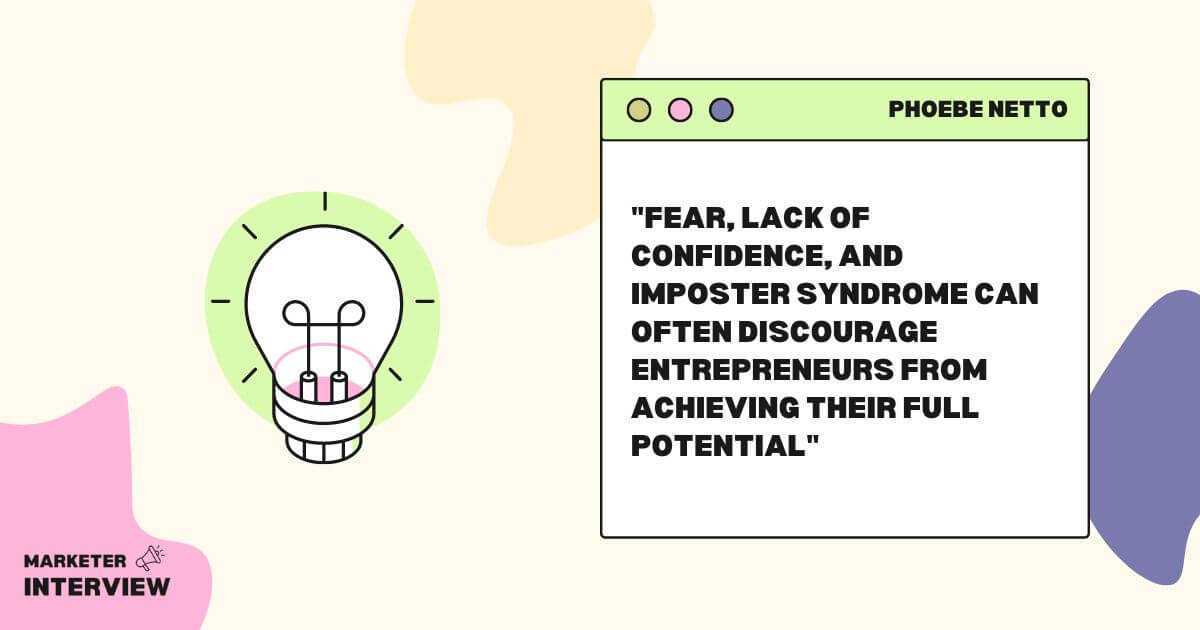
My recent talk at Commscon was a particularly memorable one.
For legal reasons, the original topic we’d pitched needed to be completely changed at the last minute, so myself and my team were forced to rewrite the entire presentation with just three days’ notice.
We reached out to our media mates and created a presentation about media relations, with quotes from the media about what not to do when pitching. Although it was a speedy turnaround, the presentation was an exciting insight into how much work needs to be done to improve media relations across the sector in Australia.
As an advocate for remote working and flexibility within your agency, how has this approach contributed to the success of Pure Public Relations?
We’ve been a fully remote business since the pandemic reared its head.
When the pandemic hit, it meant we could pivot incredibly quickly to serve our clients without interruption. Over the years, we’ve honed our ability to work remotely through tools like Dropbox, Slack, Asana, Zoom, and Loom.
We’re proud to have many parents on our team, many of whom have young children. The remote working environment means they can switch seamlessly between work mode and parent mode, and our flexible hours allow them to continue work at a time that best suits their busy schedules.
A remote team has also allowed us to hire the best talent nationwide, independent of location. We’ve currently got team members spanning Sydney, Melbourne, the Gold Coast, Perth, and Adelaide – as well as regional towns in multiple states.
In terms of tools and software, which ones are essential for your PR work?
I am a big fan of the video recording software Loom. If I’ve had a call or meeting and don’t immediately have time to implement the action items from that meeting, I record a Loom straight after the call or meeting while it’s still fresh in my mind. I then send this to myself or the person or people I want to delegate the task to.
For example, I recently had a meeting where it wasn’t necessary to have many team members on the call, but I needed to fill them in on what was covered on the call and what the actions were.
I quickly recorded a Loom video for the team because I didn’t want to add things to my to-do list. I could share my screen to show them the documents and action items needed for the next steps and also talk through my meeting notes that I had typed during the call. This was great for everyone: They had a link containing all the information they needed, and I could put it out of my mind and move on to the next task.
I use Loom to provide feedback on documents or graphics and highlight relevant parts on the screen while discussing the specific feedback. And sometimes, talking through points is both quicker and less open to confusion than writing an email.
In PR, there are specific tools for media monitoring, media databases, and more. Still, these are as useful as rowing with a single oar if you cannot be strategic and build relationships.
With the ever-evolving media landscape, how do you stay ahead of the curve and ensure your strategies remain effective?
ChatGPT is a huge one changing the way the industry works, and its value ultimately lies in its ability to diminish work that already has a low value.
As AI becomes more advanced at producing decent content, bad writers, mediocre PR professionals, basic SEO copywriters, and some social media managers are already starting to see clients implement it as a more affordable way to get the work done to the same standard.
But even with great prompts, ChatGPT can’t replicate the nuance that comes with understanding complex client expectations, a personal connection to a topic, or insight into the unique mindset of a specific audience. What it offers in efficiency, it lacks in craftsmanship and personal experience.
It will make our entire team far more efficient, especially on tasks such as idea generation, pulling out key points from long transcripts, and helping to banish the dreaded blank page at the start of a task or project. The key is understanding its strengths and weaknesses and not over-rely on it for creative work.
One of the most challenging PR campaigns and crisis management situations I encountered was for our school clients during the COVID-19 pandemic.
There was an insatiable appetite for COVID-related stories in the media, and the second a school received a COVID case, they were essentially plunged into full-on crisis mode. Looking back now, it feels like another lifetime.
Lockdown measures meant my team and I had to work around the clock to navigate the logistical challenges of tackling crisis comms for schools while juggling the responsibilities of home-schooling our kids.
Social media was rapacious, and the volume of media inquiries was overwhelming. With the novelty factor surrounding the pandemic, there was an incessant demand for information and updates. There were reporters at school gates and helicopters flying overhead – it was intense. Our team had to carefully strategize and prioritize the most critical messages while ensuring accuracy and transparency in our communications.
Social media became a powerful tool, but it also presented challenges in the form of misinformation. Our team worked diligently to monitor what was being said, counter false narratives, and provide accurate information to the public. We collaborated closely with the Department of Education and NSW Health to ensure consistent messaging and address concerns promptly.
We also had to manage the anxieties and inquiries from families of those affected by COVID-19. They sought reassurance about the safety of their children and wanted to identify the source of the infection within schools. Our team had to balance empathy and transparency while protecting the privacy and well-being of the individuals involved.
